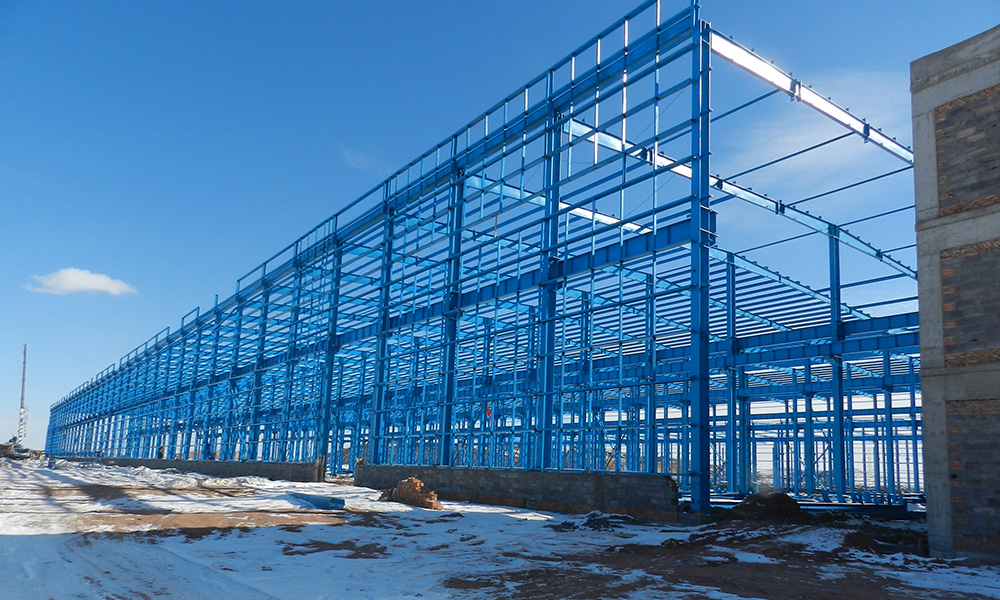
The typical construction systems are primarily cast in-situ (on site) often slower pace concrete and CMU (concrete masonry unit) construction systems that often fail to meet the strict scheduling requirements of employers. Therefore, it is worthwhile to consider adoption of other construction systems which can fast track and deliver quality construction without compromising functional and structural requirements. In this article we will consider one option of structural steel and with later editions to look at formwork systems, and sandwich panel construction.
In our region most of the building structures fall under the category of low-rise buildings (up to 4 stories). So, for these structures reinforced concrete members are used widely because the construction becomes quite convenient, conventional and in many cases more economical than competing options (based on available resources). But since the growth of industrial sheds and commercial buildings in the main city area (looking at faster erection), it has been found out that use of steel construction maybe more economical than using reinforced concrete construction for these applications. The popularity of steel-framed construction can be owed to its advantage over the popular reinforced concrete construction where designers require larger spans such as in warehousing, retail and the like (where open space is a must for functionality).
Importantly, for our geographical area with significant exposure to many natural hazards, Steel’s strength and ductility, combined with solid engineering and design, make it a safe choice in seismic zones. “Steel framing does very well under high [wind] loads because it is ductile, which means it has the ability to bend without breaking and can absorb that kind of energy,” says Larry Williams, President of Steel Framing Alliance.
Steel provides many construction benefits of its own.
Many experts believe structural steel framing systems are the way of the future in developing countries as these have already caught on in developed areas. They result in an accelerated schedule. The quality is often enhanced because of off-site fabrication, and the productivity opportunities that exist in construction can be best addressed in off-site fabrication with a reduction of actual on-site time and on-site construction.
Advancements in building information modeling have integrated the design, detailing, and fabrication of steel, which have resulted in an accelerated process.
Structural steel when compared to other building materials like concrete, has advantages. Expect the list of advantages to grow as the use of structural steel continues to proliferate, and advances in design and technique continue to be made.
Advantages of Steel Structures
They are quick to build at the site, as a lot of work can be pre-fabricated at the factory.
Ease in expansion of the structure.
Ease in repair & rehabilitation or retrofitting.
Faster erection of the structure.
They are flexible in behaviour, which makes them very good at resisting dynamic (changing) forces such as wind or earthquake forces. It can bend without cracking, which acts as a warning in seismic zones.
The most suitable construction material for any building project is determined by the specific project needs. If steel is preferred then faster construction is the expectation along with the many other benefits above mentioned. In cases where space is a requirement, steel ensures long spans and promotes increase space compared with the bulkier concrete structure which require shorter clear spans taking up more interior usable space.